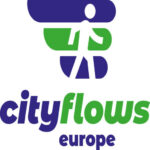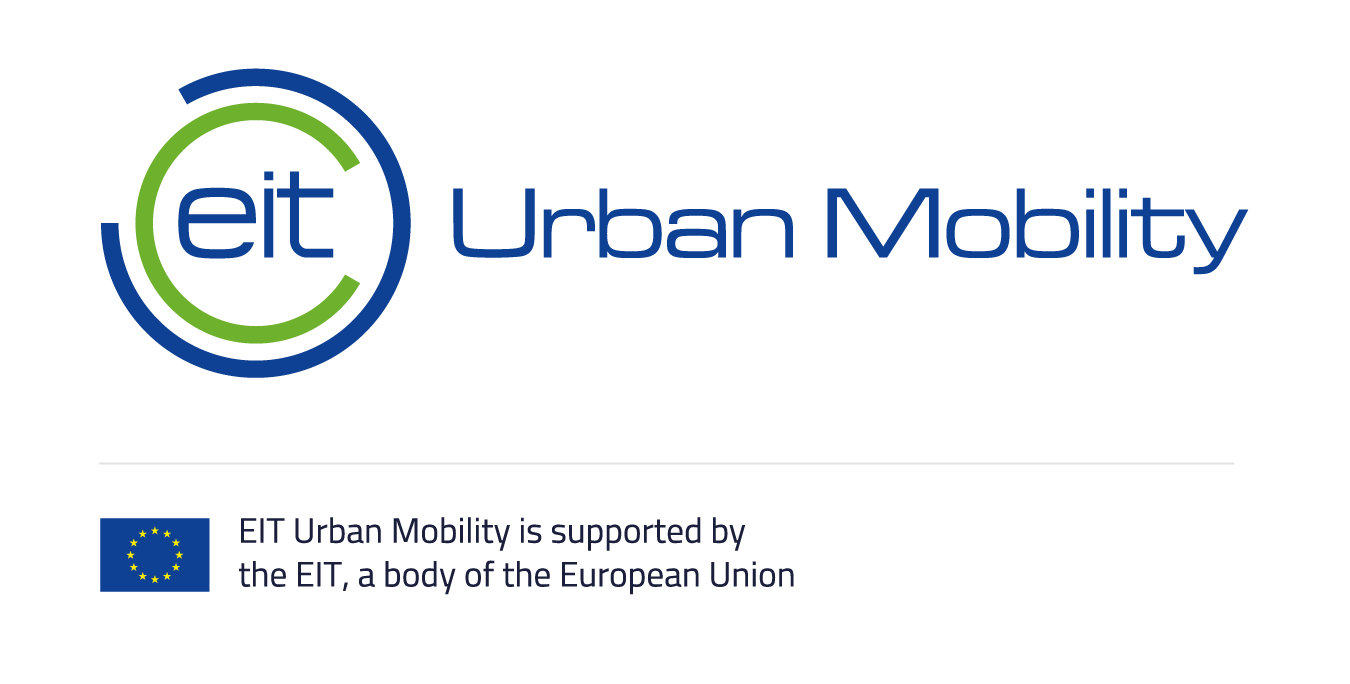Influencing choices
In the previous sections, we have seen that there are 6 types of travel choices that people take, and we have briefly thought about the ways in which we can influence these choices. In this section we will take a closer look at what
a choice is, how we make choices, and how we can more systematically think about measures to influence choice behaviour.
What is a choice?
In essence, a choice is the art of selecting one instance from a set of alternatives. This means, that to make a choice, one needs
a. a set of alternatives to choose from (also called choice set),
b. a description of each alternatives that allows for comparison (alternative characteristics), and
c. some sort of mechanism to determine which alternative is best (objective function).
For instance, I have to determine what to eat for lunch, and I am looking for something to silence my stomach. There are an apple, pear and banana in my fruit basket (set of alternatives). As such, I will compare them based on the extent to which they are able to stop my hunger (comparison mechanism). The banana scores best on that accord (alternative characteristic), so the banana is the type of fruit that I choose to eat.
Often, we will not formally deconstruct our choices, before making a choice. Yet, understanding the way in which people make choices does help traffic engineers and crowd professionals better design for travellers and visitors.
Types of information that construct our choice set & alternative descriptions
In general, people use all sorts of information when making choices. In essence, the information can be divided into four categories:
• Sensory information – which refers to everything our senses pick up about the situation. Simply said, it is what we smell, hear, and feel in the moments leading up to making a choice.
• Knowledge – which refers to all information that we have readily available about the current situation in our head that we did not get from our own experience. For instance, the stories that our friends told, a twitter message or news article read, the building maps you saw hanging on the wall. In addition, the general norms and values of one’s culture are part of the knowledge category.
• Experience – which refers to all things we experienced before in similar situations. Here, similar is quite broad. If you are walking in a narrow crowded corridor of a train station, all similar situations in other metro and train stations will apply; as will most likely all other scenarios in which you traversed a narrow crowded corridor.
• Expectations – which refers to all things we assume about the future unravelling of events. Generally, expectations are constructed based on the sensory information, the knowledge and experiences we have at our disposal.
The information from these four categories, are jointly used to construct our choice set and alternative descriptions. Please note, that the information from the four categories influence each other. That is, Lucy is walking through a busy train station at 9.15. She also knows that there are three routes to her train, the shortest takes a set of stairs, the middle one takes her via a busy escalator, and the third allows her to get coffee first before taking the escalator to the platform. She values coffee, but she is afraid her coffee will spill on the crowded escalator. She sees everyone walking to the exit and on knows that a busy train has just arrived. Thus, her expectation is that it to become less busy soon. Consequently, she gets coffee, waits out the crowd, and walks to the platform. Thus, even though the expectation of it becoming less busy might lead to the choice to get coffee, Lucy’s sensory information, knowledge and experience all chipped in to get to this decision.
Mechanisms that can influence choices
When people make choices, they weight the alternatives. Often we use an evaluation scheme to do so. For example, I hate busy crowds, so I take a less crowded route through the city centre. Alternatively, I love to walk near the waterfront, so I take a slight deviation to walk next to a channel instead of a busy road.
To influence people’s choice behaviour you can influence either the information that is used to construct the choice set and alternative description or the evaluation process.
Assignment 4.1 – Information space
John is walking through a busy shopping street, and wants to go to a shop at the end of the street. This means that he will have to walk an additional 10 minutes in this crowd or take a detour of 2 min to another boring parallel street. You want to draw people away from the busy shopping street.
A. Which types of information perceived by John can you influence?
B. How can you influence those types of information to potentially change his route choice?
The same mechanisms apply to operational movement choices. For instance, Agnes is walking at an event at night. She loves it, as the music is loud, bright lights everywhere, and large jumping crowds. She is completely hyped. Yet, from the perspective of crowd professional Mark, the situation is getting dangerous. The crowd is randomly moving in all directions, does not listen to the staffs comments, and the density at the crowd barrier is increasing rapidly because of the random movements of the jumping crowd. Last time he saw a similar event unfolding, he had to call in additional assistance to keep the people at front of the stage from fainting. To calm the situation, he asks the band to play a more docile song, so he can calm the crowd, take stock of the situation and alleviate the pressure on the stage barrier. In this case, Mark influences the sensory information that people receive, to influence their choice whether to jump or not.
Assignment 4.2 – Influencing mode choices
Debby needs to go to her work. She can go by bike, car and public transport. Increasingly, governmental organisations prefer citizens to take a sustainable mode of transport.
How can you influence the mode choice of Debby towards a more sustainable mode by making use of Debby’s values?

info@cityflows-projects.eu
Stevinweg 1, Delft, The Netherlands
